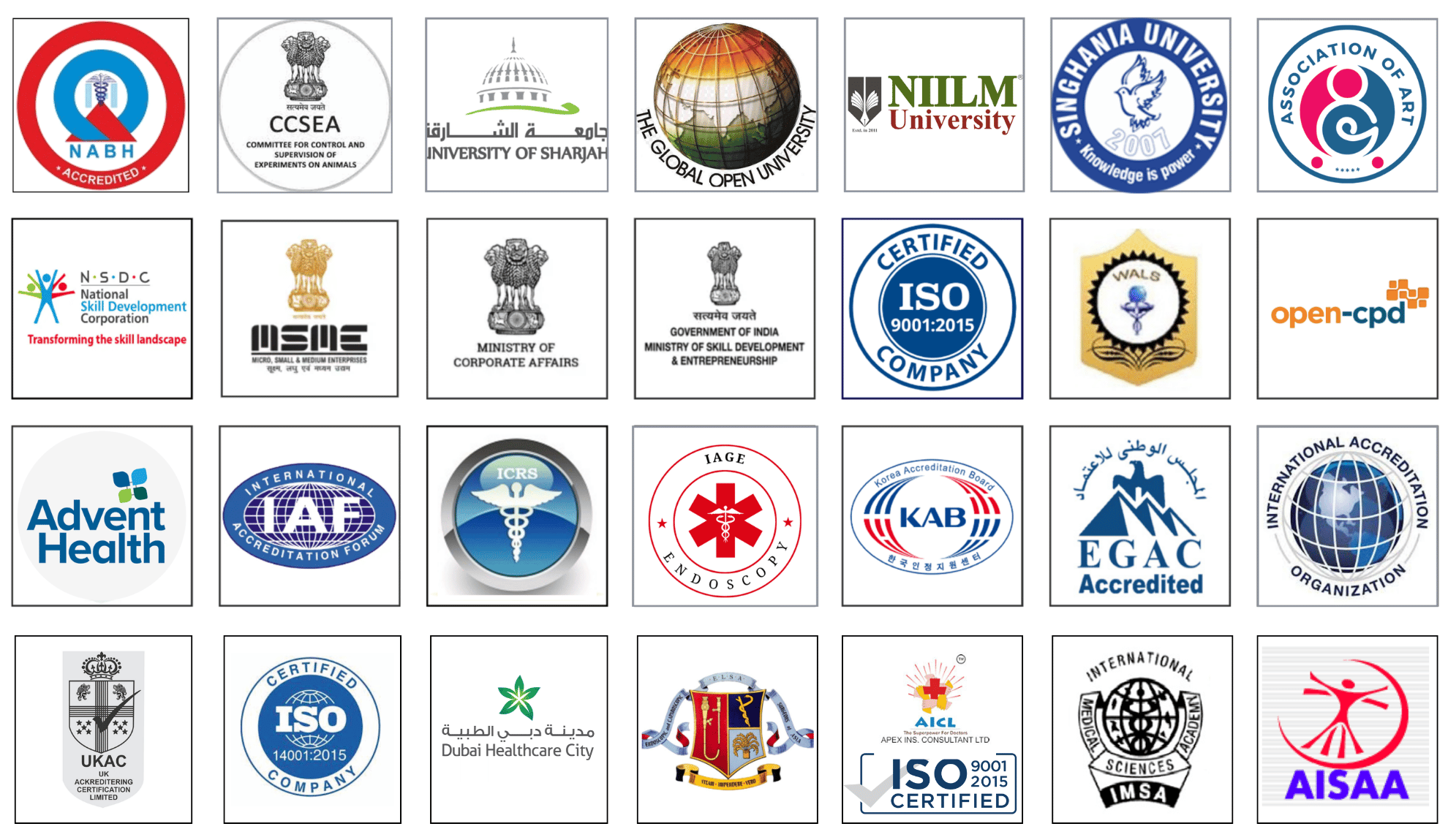Laparoscopic Surgery for Hernia Repair: Techniques and Recovery
Introduction
Hernias, though common, can cause discomfort and impair daily activities. With medical advancements, laparoscopic surgery has emerged as an effective and less invasive option for hernia repair. This article explores the techniques involved in laparoscopic hernia repair and delves into the intricacies of the recovery process.

Understanding Hernias
A hernia occurs when an organ or tissue protrudes through a weakened area in the surrounding muscle or connective tissue. Common types include inguinal, femoral, umbilical, and incisional hernias. Traditionally, open surgery was the primary method for hernia repair. However, laparoscopic techniques have gained popularity due to their minimally invasive nature.
Laparoscopic Hernia Repair Techniques
Preoperative Assessment:
Before opting for laparoscopic hernia repair, a thorough preoperative assessment is conducted. This includes a physical examination, medical history review, and sometimes imaging studies to accurately diagnose and plan the surgery.
Anesthesia and Trocar Placement:
Laparoscopic hernia repair is performed under general anesthesia. Small incisions, called ports or trocars, are made near the hernia site. These serve as entry points for the laparoscope and specialized instruments.
Creation of Pneumoperitoneum:
Carbon dioxide is introduced into the abdominal cavity to create a pneumoperitoneum, providing the surgeon with a clear view of the hernia and surrounding structures.
Insertion of Laparoscope:
A laparoscope, a thin tube with a light and camera, is inserted through one of the trocars. This allows the surgical team to visualize the hernia and surrounding tissues on a monitor.
Mesh Placement:
Through additional trocars, surgical instruments and a mesh are introduced. The mesh, a synthetic material, is positioned over the hernia defect to reinforce the weakened area and prevent recurrence.
Mesh Fixation:
Various methods may be employed to secure the mesh in place. This can include staples, tacks, or absorbable sutures. Fixation ensures the mesh remains in position and facilitates tissue ingrowth for long-term stability.
Closure of Incisions:
Once the repair is complete, the instruments are withdrawn, and the small incisions are closed with stitches or surgical glue.
Advantages of Laparoscopic Hernia Repair
Minimally Invasive Nature:
Laparoscopic surgery involves smaller incisions, reducing trauma to surrounding tissues. This results in less pain, decreased risk of infection, and a faster recovery compared to open surgery.
Faster Recovery Time:
Patients undergoing laparoscopic hernia repair often experience a quicker recovery. The smaller incisions lead to less postoperative pain, enabling earlier mobilization and return to normal activities.
Reduced Hospital Stay:
The minimally invasive nature of laparoscopic hernia repair often allows for shorter hospital stays compared to open surgery. Patients may be discharged on the same day or within a day or two.
Cosmetic Benefits:
The smaller incisions in laparoscopic surgery result in minimal scarring, providing cosmetic advantages over traditional open surgery.
Lower Risk of Wound Complications:
The reduced incision size in laparoscopic surgery lowers the risk of wound complications such as infection and hernia recurrence.
Recovery Process After Laparoscopic Hernia Repair
Immediate Postoperative Period: After surgery, patients are monitored in the recovery room before being transferred to a regular hospital room. During this period, vital signs are closely observed, and pain management is initiated.
Pain Management:
While laparoscopic surgery generally causes less pain than open surgery, patients may still experience some discomfort. Pain medications are prescribed to manage postoperative pain effectively.
Early Ambulation:
Early ambulation is encouraged to prevent complications and enhance recovery. Patients are usually encouraged to walk short distances on the day of surgery or the next day.
Dietary Progression:
Patients begin with a clear liquid diet and gradually progress to solid foods as tolerated. Maintaining proper nutrition is essential for the healing process.
Resumption of Activities:
The timeline for resuming regular activities varies among individuals. Most patients can return to light activities within a week, with a gradual increase in intensity over the following weeks.
Follow-up Appointments:
Scheduled follow-up appointments with the surgeon allow for the assessment of the healing process. Any concerns or complications can be addressed during these visits.
Long-term Recovery:
While patients may feel significantly better within a few weeks, complete recovery may take several weeks to months. It's essential to follow the surgeon's instructions regarding lifting restrictions and physical activity during this period.
Potential Complications and Considerations
While laparoscopic hernia repair is generally considered safe, like any surgical procedure, it carries some risks and potential complications. These may include infection, bleeding, injury to surrounding structures, and recurrence of the hernia. It's crucial for patients to be aware of these risks and communicate any concerns with their healthcare team.
Conclusion
Laparoscopic hernia repair has revolutionized the field of hernia surgery, offering patients a less invasive alternative with numerous benefits. From reduced postoperative pain to faster recovery times, this technique continues to gain popularity among surgeons and patients alike. As advancements in technology and surgical techniques persist, the future holds the promise of even more refined and efficient approaches to hernia repair, further improving patient outcomes and quality of life.






